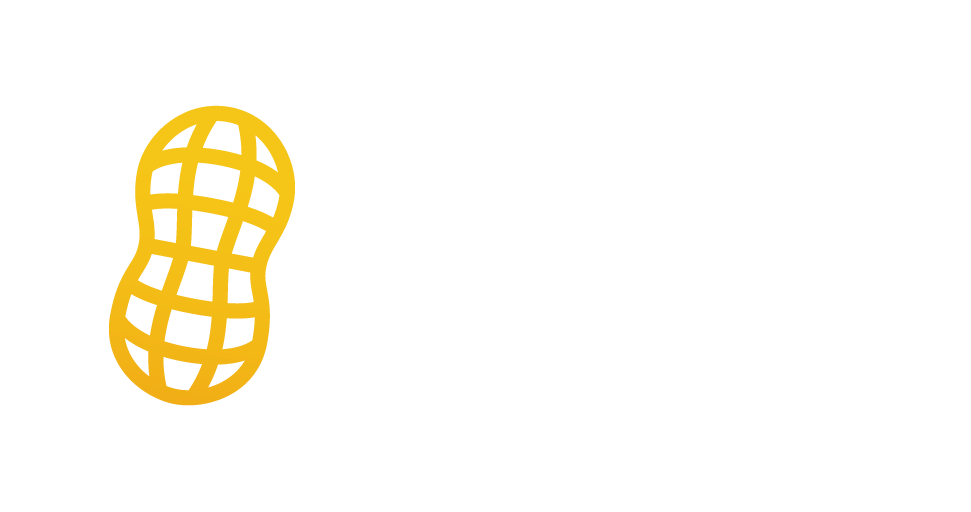At a glance:
- Managing delegate data across multiple systems and stakeholders often leads to errors that impact the on-the-day experience.
- Communication gaps between internal teams and across different delegate groups can create confusion before and during the event.
- Last-minute changes, unexpected guests, and special requirements can put operational processes under pressure if not proactively managed.
- Post-event follow-up is often an afterthought, missing opportunities to strengthen relationships and reinforce event impact.
Managing delegates is one of the most crucial aspects of running a successful corporate event, and also one of the most commonly underestimated. It’s easy to get caught up in the production elements, content, staging, or branding execution. But if you don’t get the delegate journey right, you can leave a lasting negative impression, even if everything else runs flawlessly.
For event organisers, the delegate experience starts well before the event and extends beyond the day. From the first invitation to the final follow-up, every touchpoint shapes how attendees perceive your event and your brand. It sounds simple enough, but anyone who has managed delegates knows it can be one of the more stressful and unpredictable parts of the job.
Here are some of the most common challenges we encounter when managing delegates, along with strategies for addressing them.
Incomplete or Inaccurate Data
Data issues often emerge when it’s almost too late to fix them. What starts as a simple, accurate guest list can quickly become unwieldy as RSVPs arrive, stakeholders request additions, and last-minute updates flow in. Without tight controls, it’s easy to end up with errors that ripple across multiple touchpoints.
Common issues include duplicate entries, missing details (like dietary requirements or accessibility needs), inconsistent name formats, and outdated contact information.
You don’t want a VIP guest to arrive at your event only to discover that their name is spelled incorrectly on their badge or that their dietary needs were missed at lunch. Small errors like these can undermine the professionalism of the entire event and the brand image.
The solution isn’t just about using the right tools. Technology helps, but disciplined processes make the difference. You need one central record for your delegate data and a clear process for maintaining it. Every person adding names to your list should follow the same conventions, and regular data checks are a must.
Communication Gaps Across Delegate Groups
Not all delegates are the same and, therefore, should not receive the same information. Yet one of the most common mistakes is sending one-size-fits-all communications.
Corporate events often have multiple audience segments: clients, internal staff, partners, suppliers, sponsors, media, or even VIPs such as board members or government stakeholders. Each of these groups has different expectations and needs.
Failing to segment your communications can result in confusion or worse, important groups feeling undervalued. For example, sponsors will often need a detailed briefing pack and clear on-site contact points, while clients may expect a personalised welcome or dedicated seating.
The key is to plan communications for each audience group early so that every message feels purposeful and aligned with their expectations, not just another generic update. This also helps avoid common slip-ups, like accidentally sending operational updates meant for suppliers to your guest list.
Last-Minute Changes and Late Registrations
Even the best-planned events face last-minute changes. Delegates drop out, VIPs suddenly confirm, and name changes flow in after the deadline. If you’re working with print deadlines for lanyards or signage, it can become stressful quickly.
Late registrations are a particular challenge. On the one hand, you want to accommodate as many attendees as possible. On the other hand, every late addition increases the risk of errors in catering, seating, and capacity planning.
While you can’t eliminate these changes, setting clear cut-off points (and sticking to them where you can) helps manage expectations internally and externally. Where flexibility is needed, especially in the case of VIPs, it helps to build contingency capacity into your planning. Having a few blank badges and extra meals on hand can save the day.
Read More: Timing Your Corporate Event Invitations Just Right: When and How to Send
On-Site Check-In Delays
You can spend months preparing registration emails and appealing invites, but if the first thing delegates experience on-site is a 20-minute queue to check in, it undermines the entire arrival experience.
We still see this too often at corporate events. Sometimes, it’s a technology issue—tablets that crash, QR codes that don’t scan. More often, it’s a staffing or flow design problem—not enough check-in points, poor signage, or an unclear process for walk-ins or name changes.
This is where attention to the on-the-ground delegate journey pays off. Walk through your check-in flow as if you were a delegate. Test your tech, rehearse with staff, and plan for contingencies. Always ensure there’s a human available to step in when needed. No tech can fully replace the reassurance of a well-briefed staff member helping a VIP who’s arrived without their QR code.
Read More: The Importance of On-Site Rehearsals for Large-Scale Business Events
Managing Special Requirements
Inclusion is no longer an optional extra; it is a fundamental requirement. Managing diverse delegate needs can be one of the most complex parts of event planning.
You may have delegates who require accessible seating or transportation, who need Auslan interpreters or assistive technology, who have specific dietary or cultural requirements regarding food and timing, or who are neurodivergent and benefit from quiet spaces.
The key is not just collecting this information but acting on it and communicating clearly with affected delegates about what to expect on the day.
One common trap is collecting special requirements during registration and then failing to pass this information to the relevant operational teams. You need clear accountability: Who owns accessibility? Who ensures dietary needs are checked against catering lists? Who briefs staff on any specific delegate requirements?
When these details are managed well, delegates notice them, and they make a powerful statement about your brand’s values. For example, assigning a dedicated accessibility liaison can make all the difference for delegates who need tailored support.
No-Shows and Unexpected Guests
Corporate events rarely match their final RSVP lists perfectly. Even with RSVP-only events, no-shows are common, and unexpected guests often appear.
The real challenge is to balance flexibility with control. Too rigid an approach can create a poor experience (turning away a client who arrived with a colleague). Too loose an approach can leave you scrambling to accommodate extra guests or deal with catering shortfalls.
It helps to define your policy in advance. Will you allow walk-ins? If so, how will they be managed? Will you hold some seats or meals in reserve to handle overages? Who has the authority on the day to make judgment calls?
Communicate this clearly to your front-line staff so they can apply the approach consistently and confidently. Clear guidance ensures that on-the-day decisions are aligned with your brand’s tone and priorities.
Coordinating Follow-Up Experience
Delegate management doesn’t stop when the event ends. Your follow-up communications are part of the experience, and they’re where the event ROI often materialises.
We see two common issues here. The first is a complete lack of follow-up, which is when an event finishes without any post-event wrap-up, thank you email, or further engagement. The second is scattergun follow-up that lacks relevance, such as generic feedback surveys sent to everyone without regard for their delegate type or event role.
Ideally, your post-event communications should reflect the delegate’s journey. Account managers can send tailored content and thank-you messages to clients or prospects. You might share a cultural recap or performance summary with internal staff. For sponsors, provide post-event reports and curated photos.
Treat follow-up as a final opportunity to reinforce the brand experience and sustain the relationships built during the event. It’s one of the simplest ways to turn a good delegate experience into lasting brand impact.
Managing delegates well isn’t about perfecting every detail; it’s about knowing where things typically go wrong and planning ahead to avoid those pitfalls. When done right, a smooth delegate experience makes your entire event feel more relevant and personal.
Read more: How to Personalise the Delegate Experience in Corporate Events
Want your next corporate event to feel seamless from invitation to follow-up? Get in touch with us today. Peanut Productions can help you deliver a delegate experience that’s polished, personal, and on brand.


